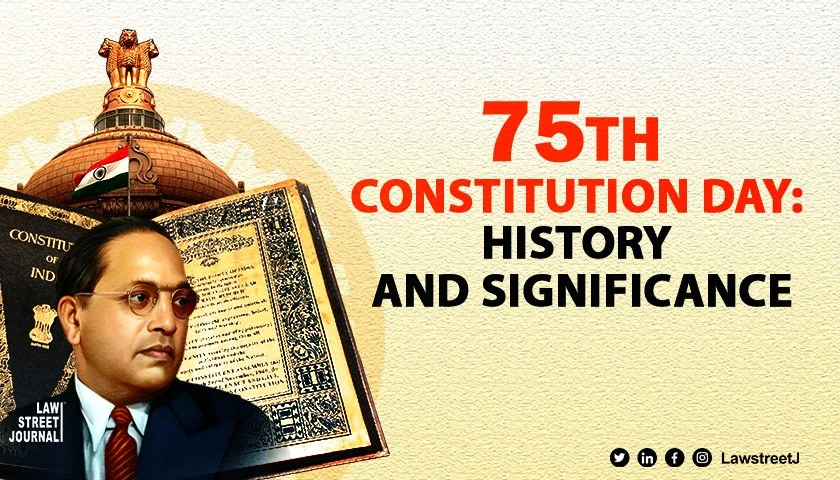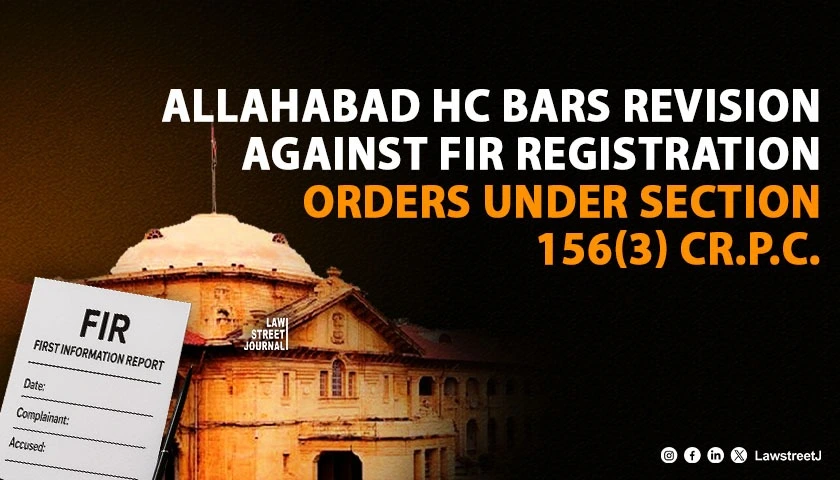New Delhi: Constitution Day, or Samvidhan Divas, is celebrated every year on November 26 to commemorate the adoption of the Indian Constitution in 1949 by the Constituent Assembly. Although the Constitution officially came into force on January 26, 1950, marking the establishment of India as a sovereign, democratic republic, November 26 holds special significance as the day the groundwork for this transformation was laid.
This day is a tribute to the principles of justice, liberty, equality, and fraternity enshrined in the Constitution. Dr. B.R. Ambedkar, who served as the Chairman of the Drafting Committee, is honored as the chief architect of this historic document. Officially recognized as Constitution Day in 2015, it is an occasion to acknowledge and celebrate the core values that shape the nation’s identity.
Significance of Constitution Day
Constitution Day serves as a tribute to Dr. B.R. Ambedkar and emphasizes the importance of constitutional values, rights, and duties. The occasion underscores the ideals of justice, liberty, equality, and fraternity that unite the diverse fabric of the nation. It provides an opportunity to reflect on India’s transformative journey since independence and renew commitment to building an inclusive and equitable society.
This day also reinforces the nation’s democratic ideals, encouraging civic responsibility and participation. It serves as a reminder of India’s vision of progress and inclusivity, inspiring citizens to uphold the principles enshrined in the Constitution.
Historical Background of the Indian Constitution
India’s struggle for independence highlighted the need for a robust governance framework to ensure justice and equality for all. While the Government of India Act of 1935 served as a foundation, it fell short of establishing a sovereign democratic republic. To address this, the Constituent Assembly was formed in December 1946 through elections conducted under the Cabinet Mission Plan. Initially comprising 389 members, its strength was reduced to 299 following Partition.
The Assembly, chaired by Dr. Rajendra Prasad, held its first session on December 9, 1946. Dr. B.R. Ambedkar led the Drafting Committee tasked with preparing the draft Constitution. The process involved 11 sessions over 2 years, 11 months, and 18 days of rigorous deliberations.
On November 26, 1949, the Constituent Assembly formally adopted the Constitution, which came into effect on January 26, 1950. The document, initially comprising 395 Articles and 8 Schedules, remains the longest written Constitution in the world, having been amended over time.
The Indian Constitution is a unique blend of flexibility and rigidity, drawing inspiration from global constitutional frameworks. It stands as a testament to the vision of a progressive and inclusive nation, safeguarding the rights of its citizens while emphasizing their responsibilities.
Constitution Day not only honors this legacy but also inspires future generations to contribute to India’s democratic and social development.







![Governor can't keep Bills pending indefinitely: Supreme Court [Read Judgment]](/secure/uploads/2023/11/lj_5620_Governor_cant_keep_Bills_pending.jpg)
![Supreme Court refuses pre arrest bail to IPS officer accused of creating fake WhatsApp account of HC's CJ [Read Order]](/secure/uploads/2023/11/lj_1575_Fake_WhatsApp_account_of_Patna_HC_Chief.jpg)
!['Automatic lifting of stay in all cases after 6-month,' Supreme Court's 5-judge bench to reconsider its 2018 judgment [Read Order]](/secure/uploads/2023/12/lj_9484_Automatic_lifting_of_stay_in_all_cases.jpg)
![Supreme Court forms 5-judge bench to examine 2018 judgement on automatic lifting of stay in all cases after 6-month [Read Notice]](/secure/uploads/2023/12/lj_8899_SC_automatic_vacation_of_stay.jpg)






